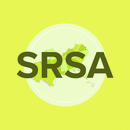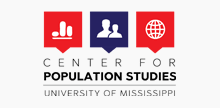Abstract
We assess whether traditionally marginalized groups in American society (African-Americans, women, rural dwellers) perceive more constraints to outdoor recreation participation than other groups. A series of logistic regressions are applied to a national recreation survey and used to model the probability that individuals perceive certain constraints to participating in outdoor recreation activities. Twelve constraints related to health, facilities, socioeconomic standing, and other personal factors are examined for both participants and nonparticipants of outdoor recreation. We model the probability that individuals report being constrained in participating in their favorite activities as a function of race, gender, and rural residence. In addition, we control for income, age, regional differences, and activity groupings. Of the three groups examined, women are most likely to feel constrained--for instance, by personal safety concerns, inadequate facilities and information, insufficient funds, and outdoor pests. Race is not a significant predictor of constraints for participants, but nonparticipating African-Americans are more likely than whites to feel personal safety concerns inhibit their outdoor recreation opportunities. Rural residence does not appear to be an important factor among either participants or nonparticipants in explaining the probability that an individual feels constrained in outdoor recreation participation.
Recommended Citation
Johnson, Cassandra, J. Bowker, and H. Cordell. 2001. "Outdoor Recreation Constraints: An Examination of Race, Gender, and Rural Dwelling." Journal of Rural Social Sciences, 17(1): Article 6. Available at: https://egrove.olemiss.edu/jrss/vol17/iss1/6
Publication Date
12-31-2001



